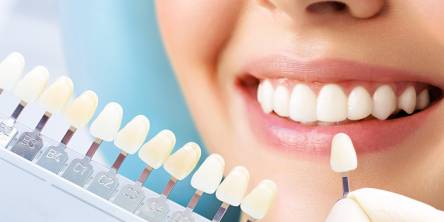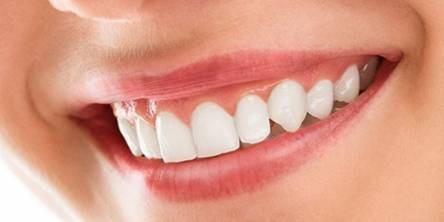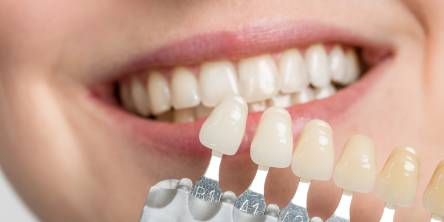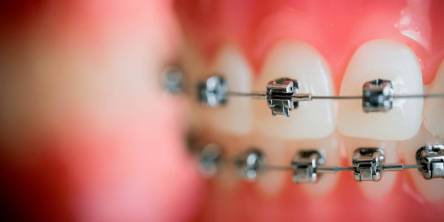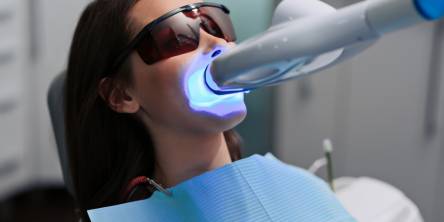What You Need to Know About Endosteal Implant?
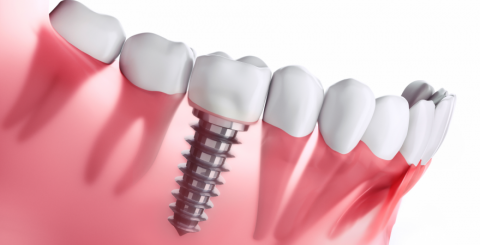
When you lose an adult tooth, it is critical for your dental health that you replace it. If you don't, you risk teeth moving, increased oral instability, and tooth loss. It could harm the underlying bone. An endosteal implant, often known as a dental implant, is one option for restoring missing teeth. This type of implant is permanently lodged into your upper or lower jaw bone during a multi-step operation.
Best Candidates for Endosteal Implants
Because endosteal implants are implanted in bone, the operation can be invasive and time-consuming. As a result, the treatment may not be appropriate in all circumstances. It is not advised for youngsters or teenagers whose jawbones are still forming.
Furthermore, the following conditions may preclude you from being a candidate for endosteal implants:
- Diabetes, osteoporosis, and high blood pressure (hypertension) are examples of pre-existing medical disorders.
- Jaw bone strength is insufficient.
- Gingivitis, periodontitis, or other gum diseases.
- Smoking, though it may not completely rule out the operation.
You may need to be treated for or manage these conditions before receiving an endosteal implant.
Implant Process
The procedure to insert a dental implant is relatively invasive, requiring some deep incisions. An oral or maxillofacial surgeon is responsible for this work. The operation is typically performed under local anesthetic, so you will be awake but have your mouth numbed.
The endosteal implant procedure consists of three major steps:
- Imaging and placement: To assess the area where your teeth are missing, a dental X-ray or another sort of imaging technique is used. Following that, the surgeons make a small incision in the gum and drill a hole into the bone. They may use a surgical guide and stent to insert a specific screw or cone, referred to as the "implant body," into this region, leaving a gap.
- Putting on a temporary crown and healing: The surgeon adds an extension, known as an "abutment," and a temporary crown is placed either during the first session or at a subsequent appointment. Following that, you must go through a healing period that can last anywhere from a few weeks to many months as bone tissue forms around the screw. This is known as "osseointegration."
- Installing a permanent crown: You're ready for the last stage two weeks after the temporary crown is put in. The abutment receives the false tooth, also known as a prosthesis or crown. The prosthetic is tailored to fit perfectly into place using scanning technologies. It's color-matched to the surrounding teeth to look natural.
If several teeth are missing, a dental bridge—a fake tooth or group of teeth linked to the implant—can be used. In addition, if several teeth are missing, dental implants can be utilized to anchor rows of dentures.
Aftercare
You will have various side effects at each stage of the treatment, especially once the endosteal implant body is installed into the bone. These include:
- Some bleeding may occur within the first 12 to 24 hours following the surgery.
- Pain and discomfort in the afflicted area
- Face or mouth swelling for the first two to three days following surgery
- Temporary numbness in the lower jaw in rare circumstances
There are various things to remember during the first week after surgery, which is a vital phase of recovery:
- Antibiotics will be given to you to prevent infection as the wound heals.
- You will be given instructions on how to clean and care for your implant.
- Certain foods that are difficult to chew must be avoided.
- Certain exercises or physical activities may have to be avoided.
- To stop bleeding, dab excess blood with dry gauze and then apply wet gauze to the affected region for 20 minutes.
- For the first 12 hours after surgery, avoid moving your head too much.
- Don't use a straw because the suction can cause stress on the surgical site.
You'll also be shown how to take care of your implant appropriately, including how to brush and floss safely. Follow those instructions carefully and plan to return in two weeks for a check-up.
Similar Articles
Cosmetic dentistry has grown in popularity recently, allowing people to improve their smiles and confidence. Despite its rising popularity, cosmetic dentistry has become saturated with myths and misconceptions. This article will debunk the top seven myths, shedding light on the reality behind these common misconceptions.
A smile makeover is a process that improves the appearance of the smile by combining various cosmetic dental procedures, such as braces or Invisalign to correct misaligned teeth, teeth whitening to brighten up discolored teeth, and a dental crown or porcelain veneers to cover unsightly flaws like chips or discolored spots.
Dental veneers are one of the most expedient ways to achieve the bright, healthy smile of your dreams. Whether you are self-conscious about stained teeth or want to conceal a chipped tooth, veneers can provide a satisfying solution.
When you experience dental pain, you should be aware of whether you require emergency dental care and whether your dental insurance policy covers you. Not all dental disorders necessitate rapid treatment. A toothache, a damaged tooth, or pain from a dental crown are severe dental problems, but they are not always emergencies, so it is best to plan ahead of time.
Tooth decay, commonly known as dental caries or cavities, is a common oral health problem that affects people of all ages. While much has been discovered about the causes and prevention of dental decay, numerous myths still exist
Damon braces have gained popularity in orthodontic treatment because of their innovative design and efficiency in correcting tooth misalignments. While traditional braces have long been the preferred option, Damon braces provide a more comfortable and barely noticeable alternative.
Anyone and everyone who is unhappy with the appearance of their mouth can benefit from cosmetic dentistry. Cosmetic dentists can offer effective treatments and guidance to make you feel better about your physical appearance
Using a light-activated bleaching gel in laser teeth whitening has become a prevalent cosmetic dental procedure. Its increasing popularity can be attributed to people's desire to enhance their appearance and boost their self-assurance.
At-home glo teeth whitening kits have become incredibly popular among celebrities on social media. Also, they are consistently appearing as sponsored adverts on Instagram and Facebook. Furthermore, when you Google these devices, nearly all of what you see are paid reviews from well-known bloggers who skip over any risks of these goods

